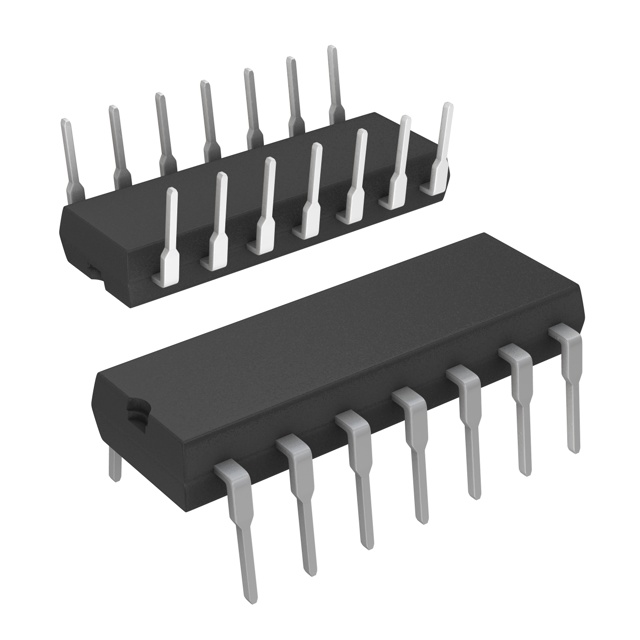In Stock : 0
Please send RFQ , we will respond immediately.









NLV74HC132ADG Specifications
-
TypeParameter
-
Package / Case14-SOIC (0.154", 3.90mm Width)
-
Supplier Device Package14-SOIC
-
Mounting TypeSurface Mount
-
Operating Temperature-55°C ~ 125°C
-
Max Propagation Delay @ V, Max CL32ns @ 6V, 50pF
-
Input Logic Level - High-
-
Input Logic Level - Low-
-
Current - Output High, Low5.2mA, 5.2mA
-
Current - Quiescent (Max)1 µA
-
Voltage - Supply2V ~ 6V
-
FeaturesSchmitt Trigger
-
Number of Inputs2
-
Number of Circuits4
-
Logic TypeNAND Gate
-
PackagingTube
-
Product StatusObsolete
-
SeriesAutomotive, AEC-Q100, 74HC
The NLV74HC132ADG is a quad 2-input NAND Schmitt trigger integrated circuit chip. It belongs to the 74HC family of high-speed CMOS logic chips. Here are some advantages and application scenarios of this chip:Advantages: 1. High-speed operation: The 74HC family of chips are known for their high-speed operation, making them suitable for applications that require fast switching and response times. 2. Low power consumption: The NLV74HC132ADG chip operates at low power, making it energy-efficient and suitable for battery-powered devices. 3. Schmitt trigger inputs: The chip incorporates Schmitt trigger inputs, which provide hysteresis and improve noise immunity, making it less susceptible to signal noise and ensuring reliable operation. 4. Wide operating voltage range: The chip can operate within a wide voltage range, typically from 2V to 6V, allowing compatibility with various power supply levels.Application scenarios: 1. Digital logic circuits: The NLV74HC132ADG chip can be used in various digital logic circuits, such as counters, flip-flops, and multiplexers, to perform logical operations and signal processing. 2. Signal conditioning: The Schmitt trigger inputs of the chip make it suitable for signal conditioning applications, where it can be used to clean up noisy or distorted signals before further processing. 3. Oscillators and timers: The chip can be used in conjunction with other components to build oscillators and timers for applications such as clock generation, frequency division, and timing control. 4. Data communication: The high-speed operation of the chip makes it suitable for data communication applications, such as UART (Universal Asynchronous Receiver-Transmitter) interfaces, where it can handle fast data transmission and reception.It is important to note that the specific advantages and application scenarios may vary depending on the requirements and design considerations of a particular project.
NLV74HC132ADG Relevant information

















